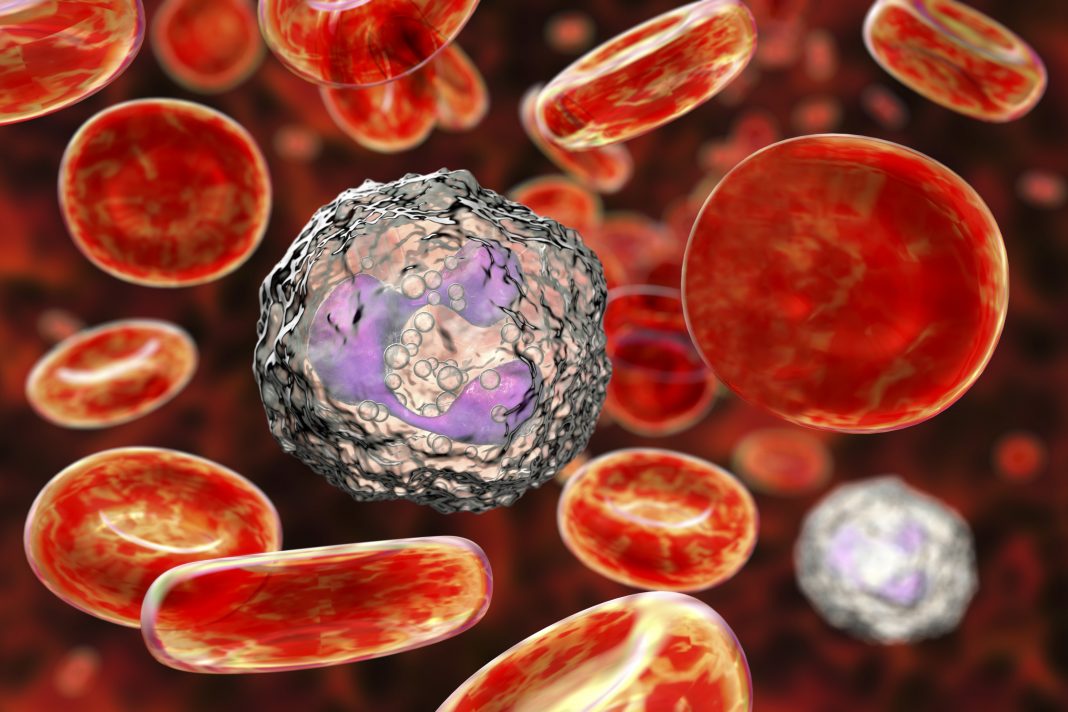Tuberculosis (TB) is a disease caused by bacteria called mycobacterium tuberculosis. The bacteria usually attack the lungs, but they can also damage other parts of the body. TB spreads through the air when a person with TB of the lungs or throat coughs, sneezes, or talks. A new study demonstrates that boosting the body’s own immune pathway may provide hope for new treatments for tuberculosis.
Researchers led by the Walter and Eliza Hall Institute’s (WEHI) Michael Stutz, PhD, and Marc Pellegrini, PhD, professor at WEHI, uncovered how cells infected with tuberculosis bacteria can die, and that using new therapeutics to enhance particular forms of cell death decreased the severity of the disease in a preclinical model.
Their findings are published in the journal Immunity in a paper titled, “Macrophage and neutrophil death programs differentially confer resistance to tuberculosis.”

Using preclinical models, the researchers were able to pinpoint the critical apoptotic pathways as targets for new therapies, whereby infected cells can be killed by drugs called IAP inhibitors.
The study demonstrated that host-directed therapies were viable for infections such as tuberculosis, which is important in the era of extensive antibiotic resistance. A challenge in the fight against tuberculosis is that the bacteria that cause the disease have developed resistance to most antibiotic treatments.
Using preclinical models, the team sequentially deleted key apoptosis effectors, to demonstrate their roles in controlling tuberculosis infections. This showed that a proportion of tuberculosis-infected cells could die by apoptosis—opening up new opportunities for controlling the disease.
“When we treated our infection models with this compound, we were able to significantly reduce the amount of tuberculosis disease,” Stutz said. “The longer the treatment was used, the greater the reduction of disease.”
The research team was able to replicate these results using various different IAP inhibitors.
“Excitingly, many of these compounds are already in clinical trials for other types of diseases and have proven to be safe and well-tolerated by patients,” Stutz said.
“We predict that if these compounds were progressed for treating tuberculosis, they would be most effective if used alongside existing antibiotic treatments.”
This treatment opens the door to new options, as antibiotics have been the only treatment for tuberculosis.
“Unlike antibiotics, which directly kill bacteria, IAP inhibitors kill the cells that the tuberculosis bacteria need to survive,” he said.
“The beauty of using a host-directed therapy is that it doesn’t directly target the microbe, it targets a host process. By targeting the host rather than the microbe, the chances of resistance developing are incredibly low.”
The team hopes the research will lead to better treatments for tuberculosis.
“This research increases our understanding of the types of immune responses that are beneficial to us, and this is an important step towards new treatments for tuberculosis, very few of which have been developed in the last 40 years,” Stutz said.
“We have demonstrated that host-directed therapies are viable for infections such as tuberculosis, which is particularly important in the era of extensive antibiotic resistance.”



